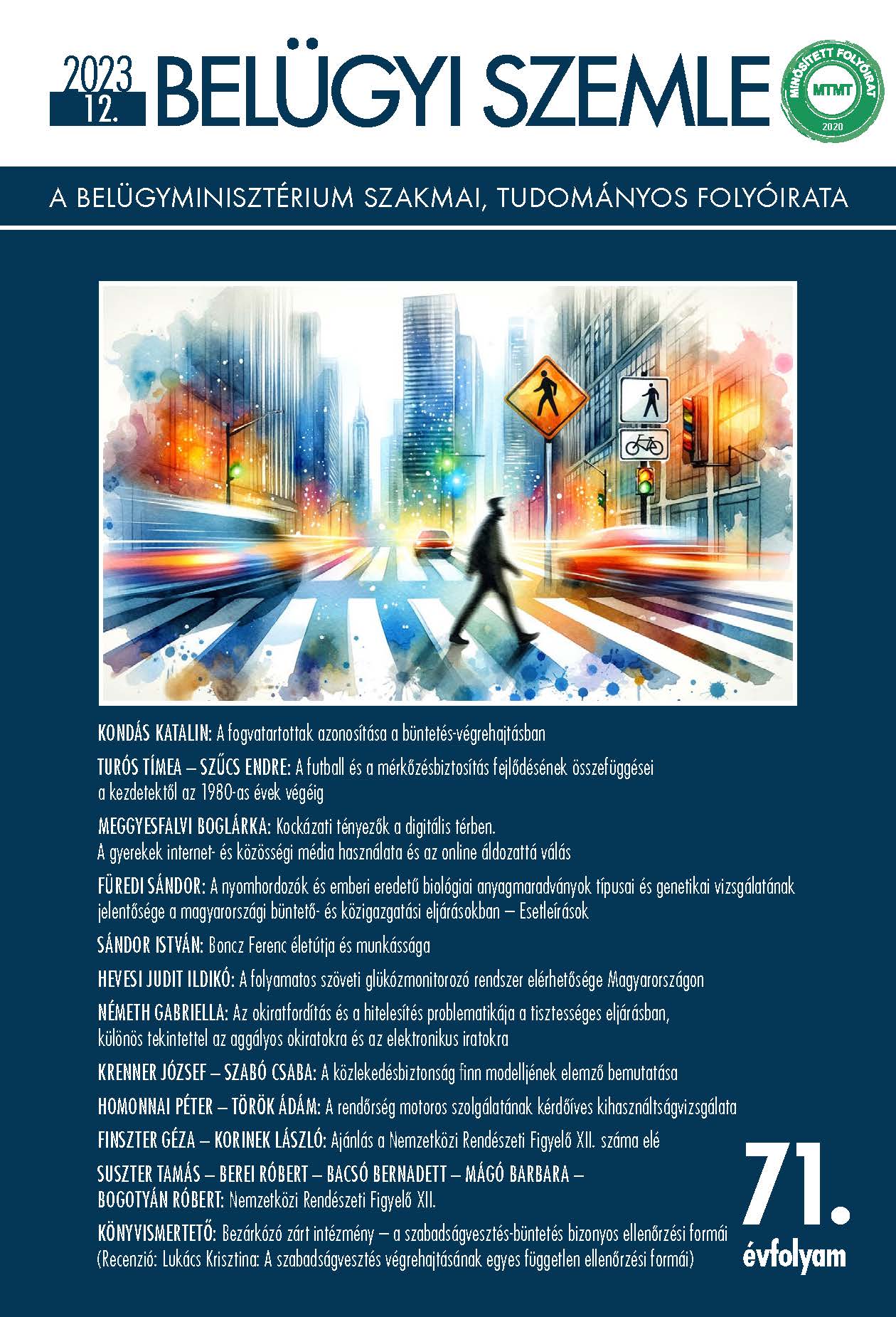Abstract
Aim: The aim of the study is to present widely and successfully analysed exhibits and crime scene samples of human origin in forensic genetic examinations through short case reports of various types of Hungarian cases from the last decades. By presenting actual cases the study also aims to comprehensively depict the great importance of forensic genetic analysis in Hungarian jurisdiction.
Methodology: For this study, 51 cases representing 22 case types were chosen out of several thousand closed cases investigated by the Hungarian Institute for Forensic Science. Forensic genetic analysis of the presented exhibits and traces gave investigative leads and evidence for solving crime cases or for the identificationof unknown bodies, if the relevant biological material remains can be found and recorded at the scene.
Findings: Since the launch of forensic genetic analysis in Hungary in 1992, it has gradually become possible to provide genetic evidence for criminal and public administration proceedings by DNA analysis of an increasing number and variety of human biological material residues in a growing number and variety of cases (from theft to serial murders). The presented 51 cases of 22 case types may provide proof of the applicability of forensic genetic methodology in almost any case in Hungary, provided the relevant exhibits and biological traces are found and collected at the (crime) scenes.
Value: This is the first comprehensive case report review that presents the various types and the importance of human trace pieces of evidence analysed with forensic genetic methods in 22 case types of 51 Hungarian criminal and administrative proceedings.

